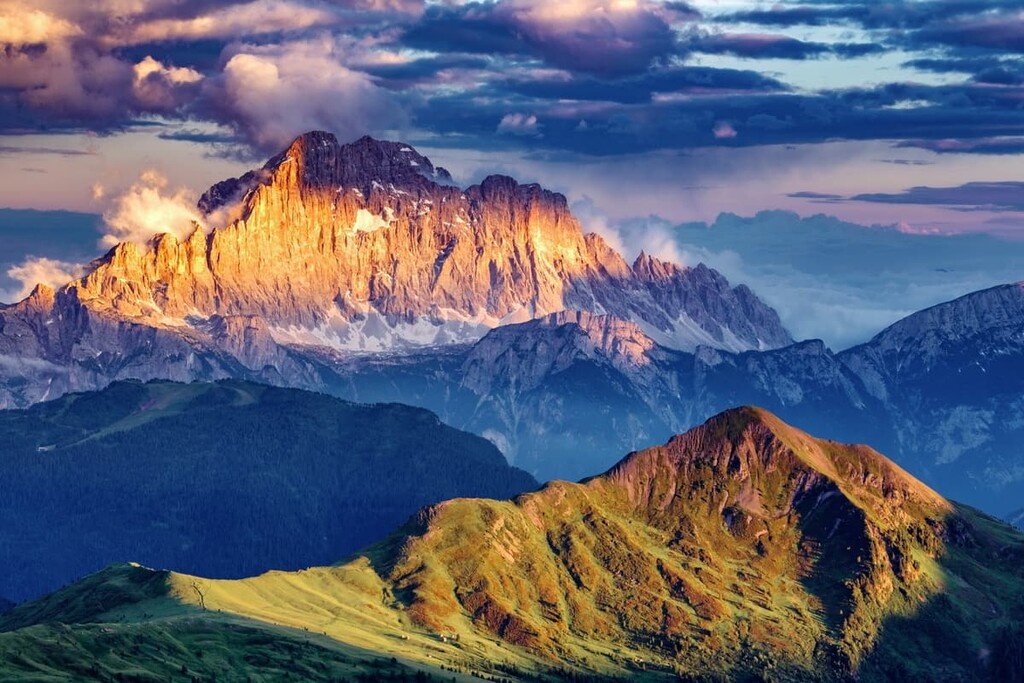Get PeakVisor App
Sign In
Search by GPS coordinates
- Latitude
- ° ' ''
- Longitude
- ° ' ''
- Units of Length
Share×

Scan the QR code and open PeakVisor on your phone
❤ Wishlist ×
Choose
Delete
The East Dolomites is one of the two large subranges of the Dolomites of northern Italy alongside the West Dolomites. This part of the range is characterized by relatively smaller and compact, but no less impressive mountain groups, at least when compared to the West Dolomites. In total, there are 874 named mountains in the East Dolomites. The highest and the most prominent peak in the range is Antelao (3,264 m / 10,708 ft).
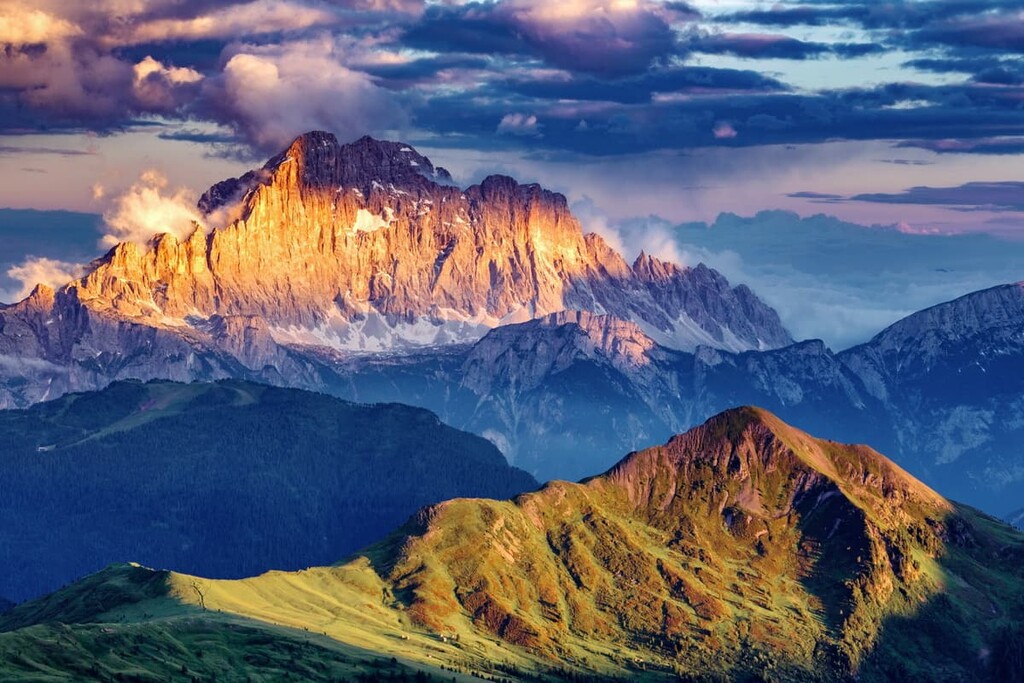
The name of the East Dolomites indicates that they include the eastern section of the Dolomites mountain range.
However the name ‘dolomite’ itself refers to the rock from which these world-famous mountains are formed. The word “dolomite” comes from the name of the French scholar and explorer Déodat Gratet de Dolomieu, who first studied and described this mineral in detail in one of his articles in the late nineteenth century.
It is believed that of the more than 20 mountain groups in the region, he visited and studied dolomite on the high plateau at Pale di San Martino or Pala Group. This is likely also where the second, unofficial name for the region, “Pale Mountains,” comes from. This name is in reference to the mostly white and light gray color of dolomite, especially after sunset.
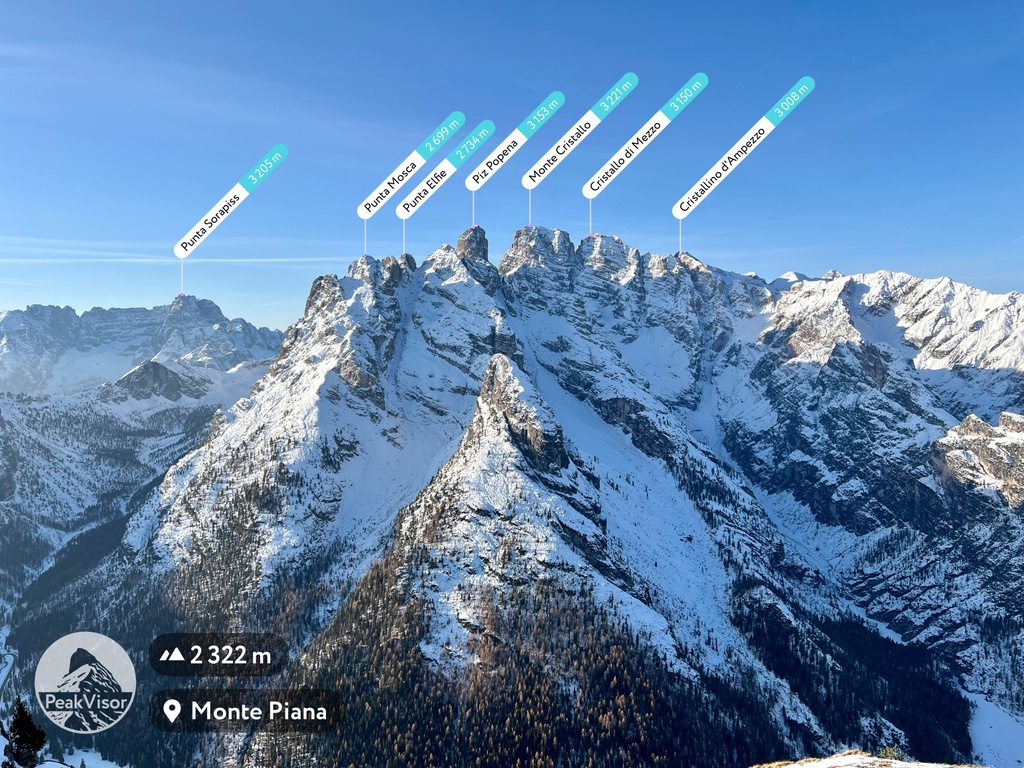
The East Dolomites is located in northern Italy in the geographical, geological, natural, and cultural region of the Dolomites. The eastern part occupies about half of the greater Dolomites range, which, as a whole, is fairly compact.
The borders of the East Dolomites almost perfectly coincide with the borders of the province of Belluno of the Italian region of Veneto. However, the Eastern Dolomites are slightly smaller than the province itself.
The province borders the Trentino-Alto-Adige / South Tyrol region to the west, the Friuli-Venezia Giulia region to the east, the Tyrol region in Austria to the north, and the province of Treviso in the Veneto region to the south.
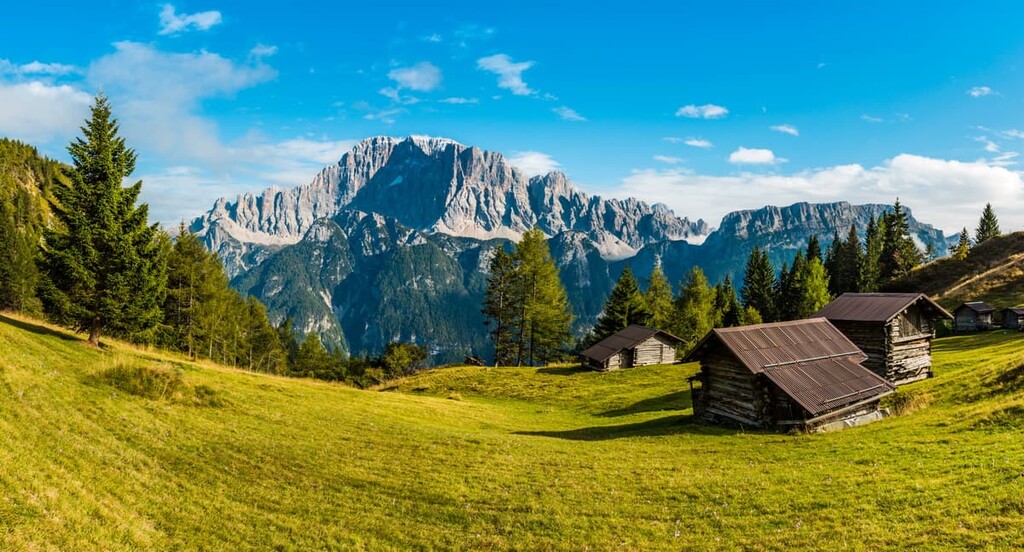
The border between the western and eastern parts of Dolomites runs along the following line: Bruneck / Brunico — Badia Valley — Campolongo Pass — Arabba — Alleghe — Canale d'Agordo — Belluno.
This border also almost entirely coincides with the border between the regions of Trentino-Alto-Adige / South Tyrol and Veneto, which before the events of World War I, was the border between Italy and the Austro-Hungarian Empire.
The main large mountain ranges that surround both the West and East Dolomites are the Venetian Prealps to the south, the Brescia and Garda Prealps to the southwest, the Southern Rhaetian Alps and Eastern Rhaetian Alps to the west, the Western Tauern Alps to the north, and the Carnic and Gailtal Alps to the northeast and east.
The main cities of the East Dolomites are Belluno, Pieve di Cadore, and Cortina d'Ampezzo. They are located on the south, east and in the center of the region, respectively.
Belluno and Pieve di Cadore are reachable by car, train, or bus from Venice. You can also get to Pieve di Cadore from Lienz in Austria or Belluno itself. In the north, there are no large towns, except Brunnico.
For those who like to travel by train, the railroad from Venice only goes to Calalzo di Cadore, the next town after Piave di Cadore. To get to Cortina, you have to travel by bus. You can do so with your train ticket if you buy it from Trenitalia. Alternatively, you can get a separate bus ticket from the Dolomiti Bus company.
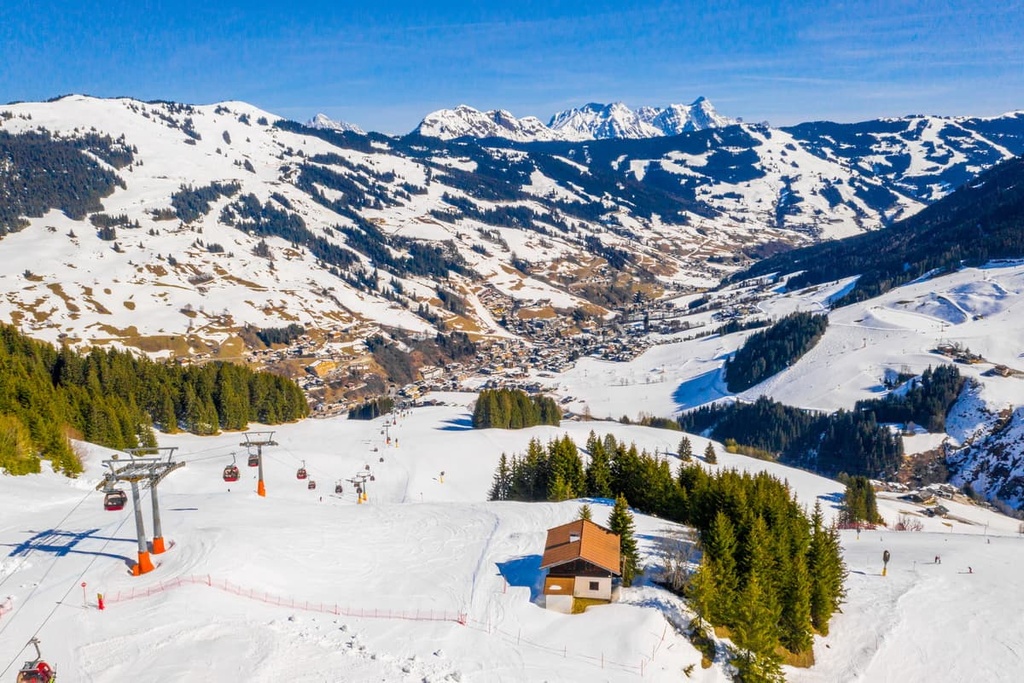
However, the local government is going to extend the railway to the latter and connect it with the cities of South Tyrol by about 2030. While it won’t be available for the 2026 Winter Olympics in Cortina and Milan, it will make travel much easier when the rail line finally opens.
Finally, you can easily get from the East Dolomites to West Dolomites by moving along the internal borders of the regions. For example, one of the most picturesque roads of the whole Dolomites runs just between the two regions—from Arabba to Cortina d’Ampezzo via Falzarego Pass. Here, on Falzarego Pass, is also the center of all the Dolomites.
According to the UNESCO classification system of the Dolomites, which was created when the range was designated as a World Heritage Site in 2009, the East Dolomites contains four of the range’s 4 mountain groups, namely:
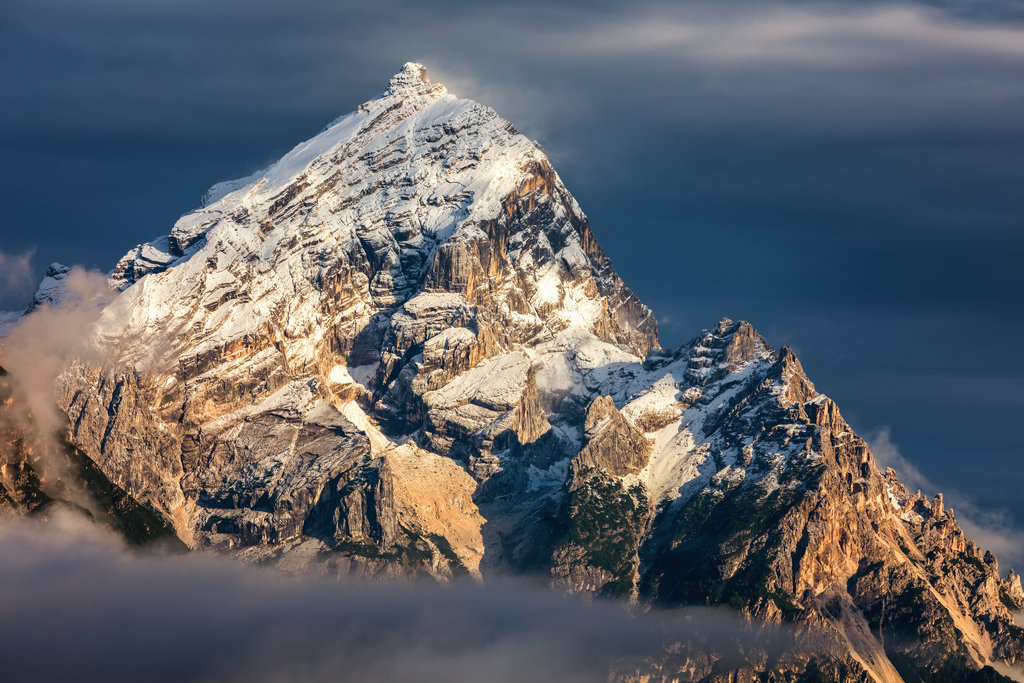
Additionally, the dolomite found in the East Dolomites seems to be less prone to erosion than the Dolomite found in the West Dolomites. This is apparent when you look at jagged peaks like Tre Cime di Lavaredo, Pelmo, Cinque Torri in Nuvolau Group, or even the huge Civetta.
As a result, the East Dolomites tend to be better for mountain climbing than the other half of the Dolomites because there are fewer rock slides in the region. The East Dolomites also contains more well-established climbing routes and via ferrata.
In the East Dolomites, you can also find excellent examples of all of the topographical features that the Dolomites are known for. I can’t possibly list them all here, but here are some good examples of each of these superb geographic features:
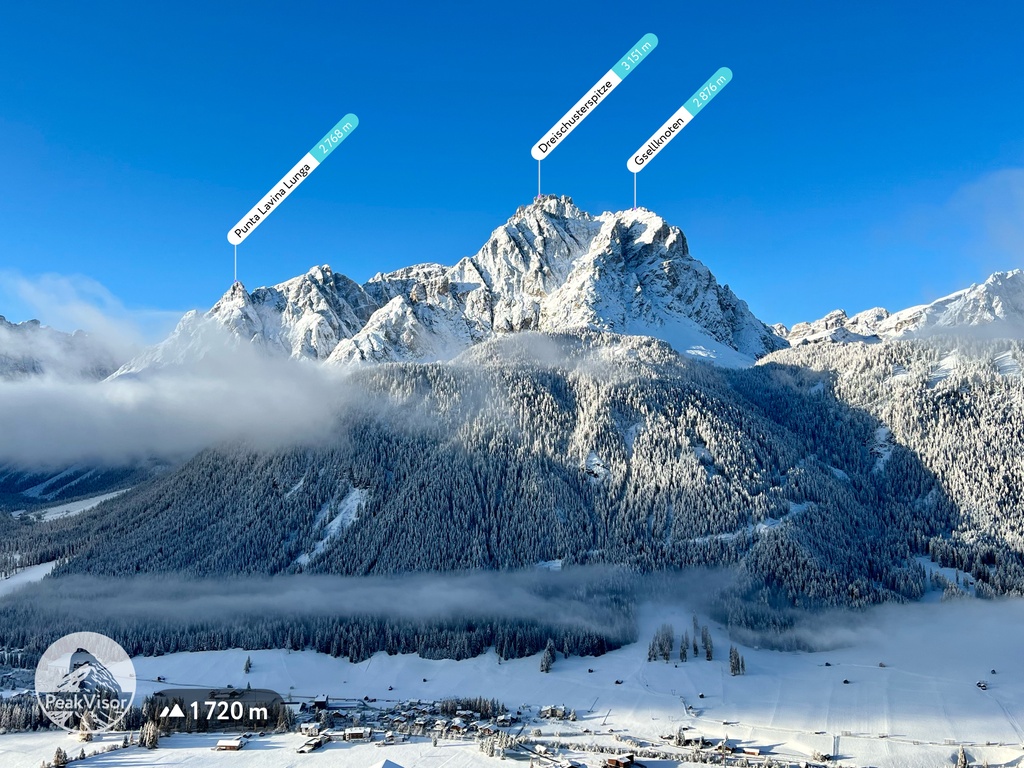
The East Dolomites belong to the Dolomites, one of the main mountain groups in the Eastern Alps according to both common classification systems of this mountain range, the German-Austrian Alpine Club and the Italian SOIUSA.
In the German-Austrian Alpine Club (AVE) system, the Dolomites is labeled as group number 52 out of 68. In the Italian SOIUSA system, the Dolomites are ranked as number 31 out of 36 groups.
Internally, the East Dolomites includes 13 mountain groups, which is one more than the West Dolomites. These groups include:

Additionally, there is the Dolomiti Friulane group and its namesake park (Dolomiti Friulane Regional Natural Park). This group does not formally belong to the Dolomites in both classification systems (it is classified as part of the Carnic and Gailtal Alps). But it is included as part of the Dolomites according to UNESCO thanks to its large outcroppings of dolomite rock.
The highest peak of East Dolomites is Antelao, which is very often called the “King”. It is also the most prominent mountain in this subregion and one of two ultra-mountains in the region with the prominence of more than 1,500 m (4,921 ft) alongside Marmolada, which is the highest peak in the Dolomites.
The mountain is also great because it looks very much like a pyramid and stands apart from the others, although it is located very close to Sorapiss and Marmarole. One of the best views of Antelao (as well as Civetta and Pelmo) that I have seen is from the summit of Cima Ombretta Orientale (3,011 m / 9,878 ft) at the southern wall of Marmolada. From there, all three mountains are visible just one after another in a beautiful row.
The nine other highest peaks of the East Dolomites are:
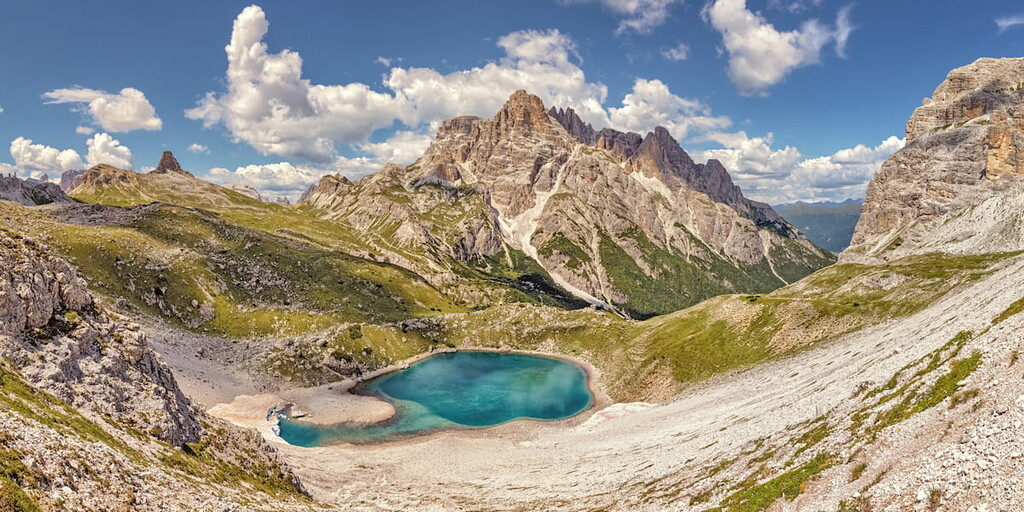
There are plenty of iconic peaks in the range, including:

Although the Dolomites as a whole are a major tourist attraction, some of the groups in the range, such as the Marmarole, Schiara, and Bosconero, are among the most non-touristy in the region.
Marmarole is difficult to travel through even for experienced hikers, Schiara is not very popular at all, and Bosconero has only one small rifugio, so it doesn’t have the infrastructure to accommodate large influxes of tourists.
In the East Dolomites, you will find several natural parks with various trails and via ferrata. Here’s a quick overview of the adventure options that are available in this part of the range.
The region is home to five of the ten nature parks in the Dolomites, including:
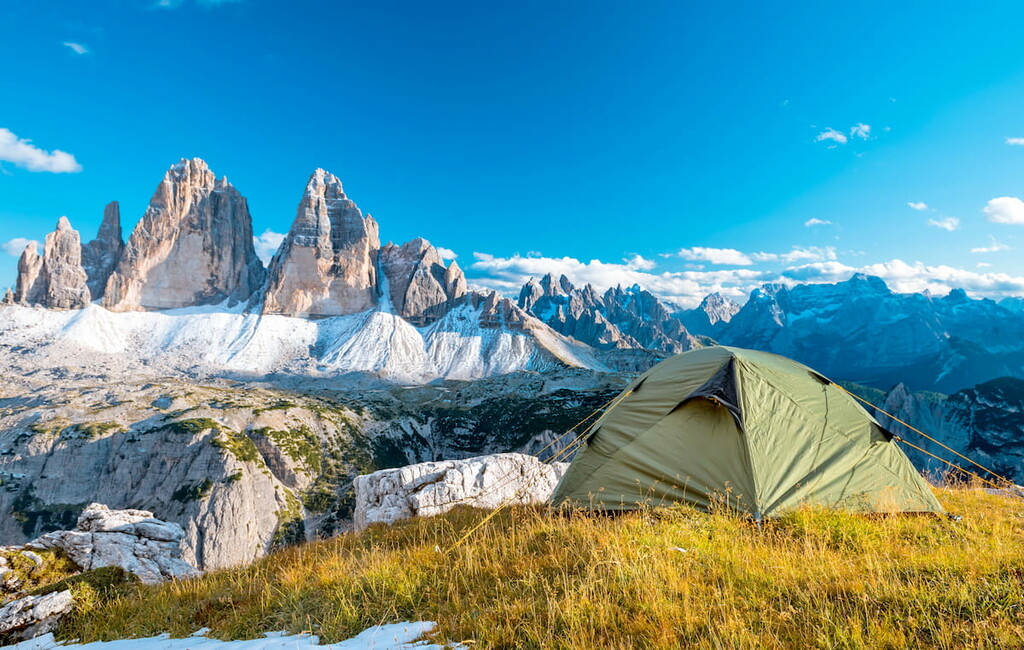
If I had to choose just one of these parks to visit, I would choose Belluno as it is the wildest and least touristy. From there, you’re sure to bring back unique photos (and, more importantly, of course, impressions and experiences) that most travelers get to experience.
Without a doubt, the most famous long hiking trail in the East Dolomites is the loop trail around the Tre Cime di Lavaredo.
There are also excellent hikes lasting up to 3–5 days that can also be done in the groups of Sorapiss, Cristallo, and the Ampezzo Dolomites. Separately, there is a well-known route among locals called Transcivetta that’s worth checking out.
Of course, this list would not be complete without the Alta Via. The East Dolomites are criss-crossed by seven of the eight Alta Via in Italy, including the famous Alta Via 1.

There is a huge variety of via ferrata in the Eastern Dolomites. To list them all, I would need another guide, because in Sexten / Sesto alone there are 14 of them, including these two popular routes:
However, there are plenty of other via ferrata available in the region, especially if you’re looking for a route that’s not as frequently traveled.

Fans of skiing, snowboarding, and cross-country skiing, will find plenty of great adventure options in the Eastern Dolomites. This part of the range contains four of the twelve resorts of the famous Dolomiti Superski system, namely:
Plus, separately, there is Alta Badia Ski Area, which is located in the valley of the same name on the border of West and East Dolomites.
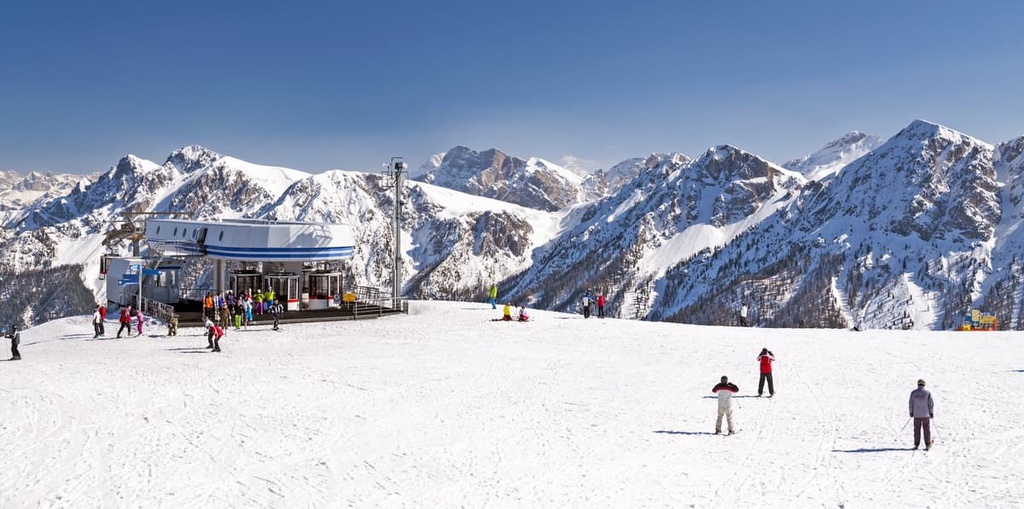
However, there are many more ski areas in the region than the five listed above. For example, in the neighboring mountain group of the Venetian Prealps, you will find the resort Alpe del Nevegàl located near the village of Nevegal at the foot of Col Toront (1,670 m / 5,479 ft), Col Visentin (1,762 m / 5,780 ft), and Monte Faverghera (1,611 m / 5,285 ft).
Check the East Dolomites ski resorts map on the larger Trentino-Alto Adige/Südtirol and Veneto ski maps of Italy in the World Mountain Lifts section of the site. It includes information about open ski lifts / slopes in the East Dolomites in real-time with opening dates and hours. There are also year-round cable cars, funiculars, cog railways, aerial tramways, and all other types of mountain lifts.
When traveling through the East Dolomites, be sure to visit one of the official tourist centers that are located in Belluno and Cortina d’Ampezzo. In addition, there are similar offices in almost all other towns in the region. Here’s some information about the two major tourist offices in the range:
Info Point Cortina in Cortina d'Ampezzo
Corso Italia, 81, 32043 Cortina d'Ampezzo BL, Italy
+390436869086
Piero Rossi Cultural Center in Belluno
Piazza Piloni, 32100, Belluno BL, Italy
+39043727030
centroculturale@dolomitipark.it
For more information, check out these official tourist websites for the Dolomites as a whole: Dolomiti.it, Dolomiti.org, InfoDolomiti.it, DolomitiPreAlpi.it.
When hiking in the Eastern Dolomites you can stay in one of the main types of accommodations, including refugios, bivaccos, campgrounds, hotels, and rental cottages. Here’s what you can expect during your next trip to the region.

Mountain huts (rifugios) are common throughout the region and they are all generally located about a two-three hour walk from each other.
In a typical rifugio, you will get a bed in a shared room or a separate double room (much rarer), dinner and breakfast, and a shower for a total cost of about €60–80. If you join the Italian Alpine Club, you can get discounts of up to 50 percent on the cost of an overnight stay. To do so, you need to apply for membership at one of the local offices of the club.
The main mountain huts of the East Dolomites include:
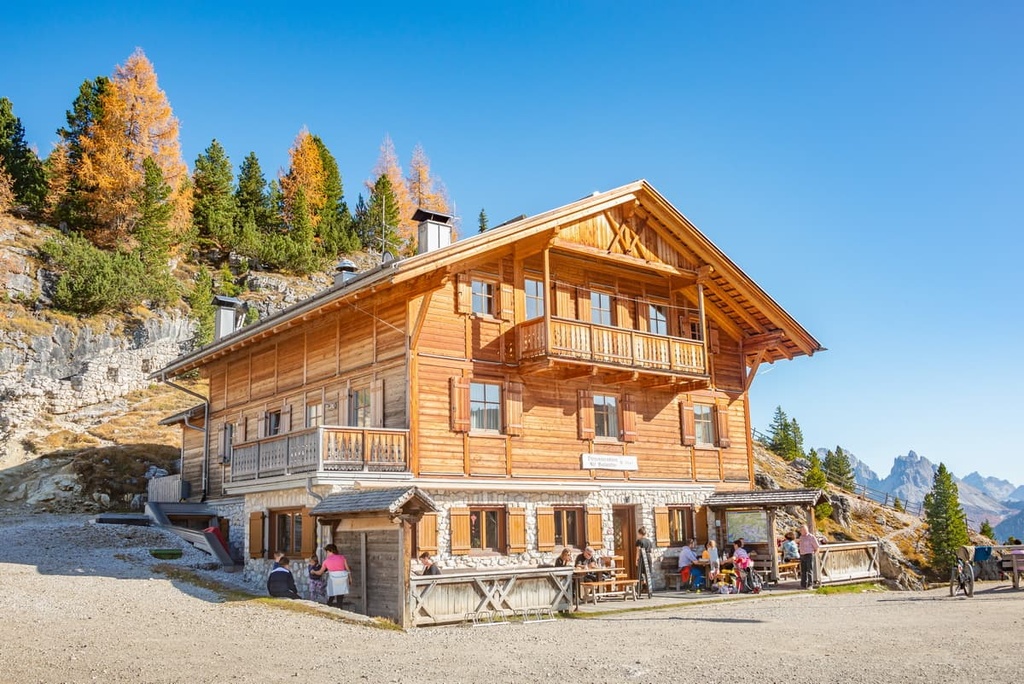
Free shelters in the Dolomites, which are called bivaccos, come in all sorts of forms: metal cabins, wooden huts, and stone houses. Small buildings of former alpine farms and other temporary shelters of shepherds, which are closed because they are not used, can also often be found in many places and can be used as overnight accommodation for hikers.
The main bivaсcos of the East Dolomites include:
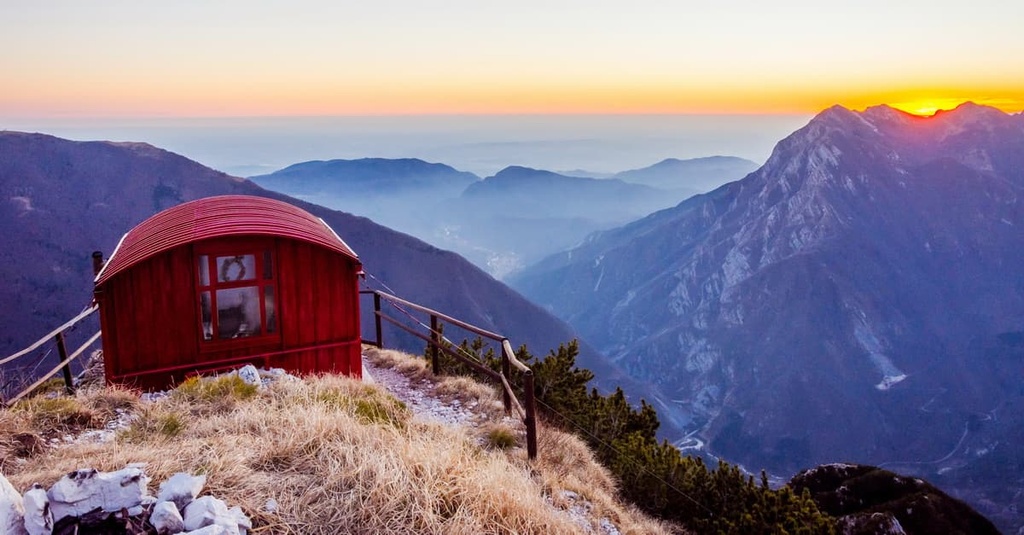
There are also many modern campgrounds in the Dolomites that rival the region’s luxury resorts (though you will have to sleep outside), so they are also worth considering as a place to stay.
These campgrounds are less expensive, have all the basic facilities, (including the most important: a high-speed Wi-Fi connection), and are located at the foot of the main mountains. The campgrounds are very convenient basecamps for day hikes in the region.
The main campgrounds of the East Dolomites are:
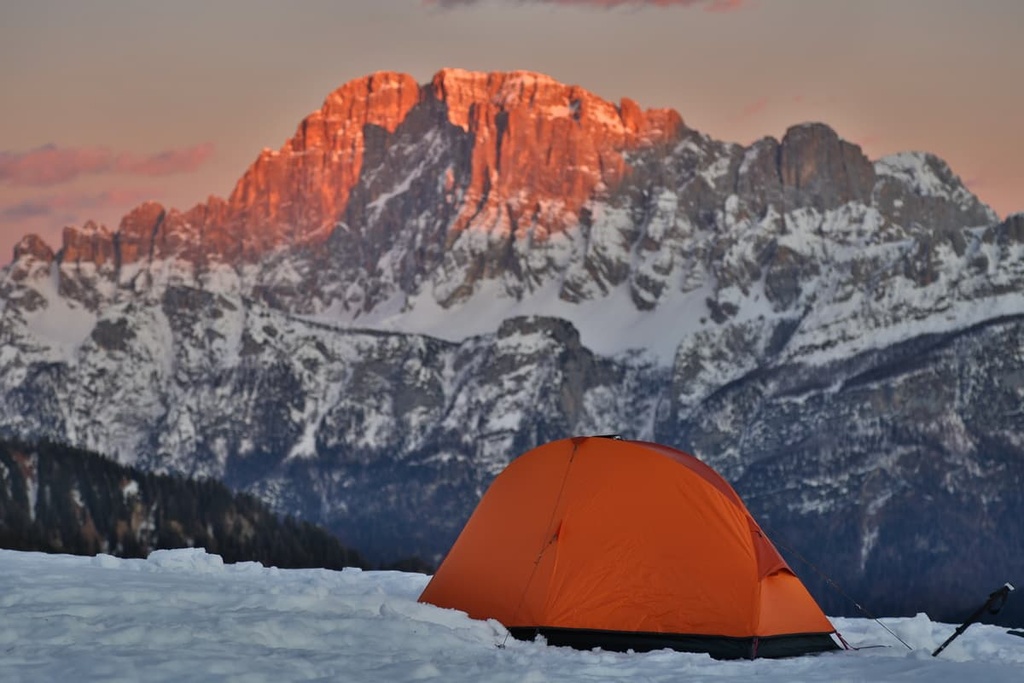
Wild camping is officially illegal in the Dolomites, but there’s a loophole in the local laws saying that if you haven’t found lodging while hiking, you have the right to pitch a tent—which makes a lot of sense, actually, just to avoid freezing at high elevations.
So you can pitch a tent in the East Dolomites in an emergency, but it is better to do it in the region’s most non-touristy mountain groups, such as Bosconero or Marmarole, where there are only a few huts available for visitors anyway.
Before and after hiking in the East Dolomites,it is best to stay in a regular hotel, although I personally prefer small family Alpine hotels to international chain hotels or B&Bs.
The latter is the main type of accommodation in Italy in general for those who do not chase after luxury. The average cost for a double room is about €50–60 with breakfast or €25–35 per person. But you always get more than you pay for, including, first of all, a chance to meet and interact with local residents.
The Eastern Dolomites region contains about a dozen major cities and towns, each of which is a great base for traveling through the range. In my experience, learning about the towns and how the locals live greatly enhances the travel experience, so don’t limit yourself to hiking and other outdoor activities when visiting the East Dolomites.
For example, in the region of the Eastern Dolomites, there are two of the five famous Ladin valleys of the main ethnic group of the Dolomites, namely Ampezzo and Livinallongo. Two other valleys are located in the West Dolomites, respectively, Fassa, and Gardena, while the valley of Badia is located in the middle on the border between the regions.
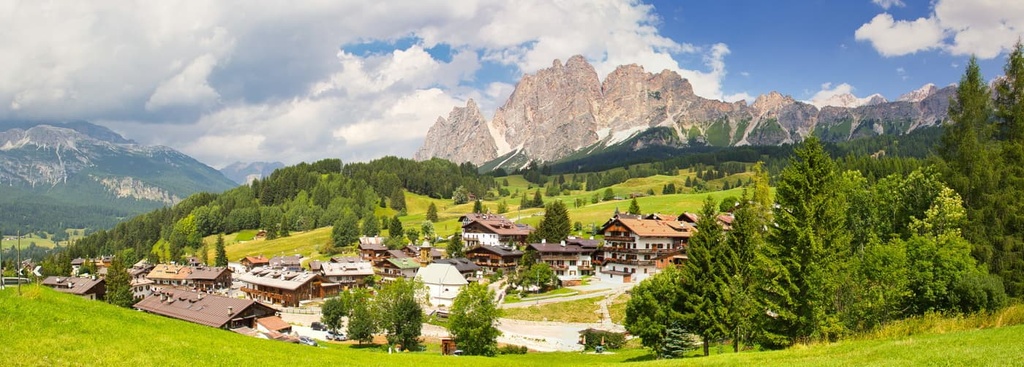
Here are some of the best cities and towns in the region to check out during your next visit to the East Dolomites:
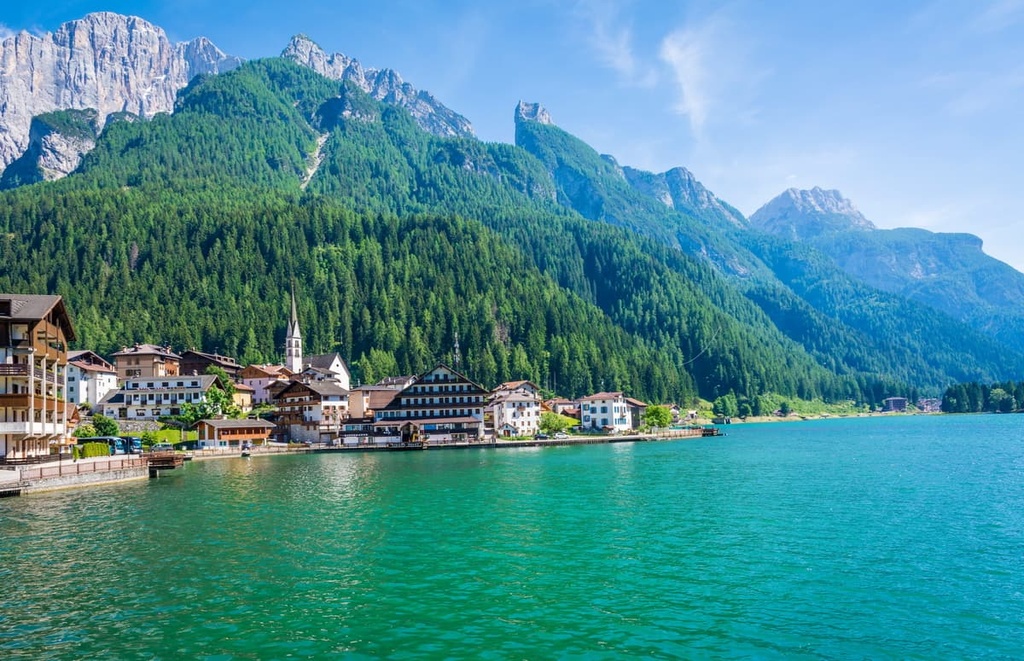
Explore East Dolomites with the PeakVisor 3D Map and identify its summits.
